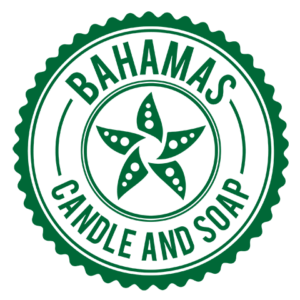When it comes to handmade soap there are three main ways soap is made and of the three ways or types of handmade soap there are easy and hard soap recipes.
The three methods of making soap are; cold process soap making, hot process soap making and melt and pour soap making.
Hands down the easiest soap to make would be a melt and pour soap. When it comes to complexity, ingredients and time, melt and pour soap making is by far the easiest of the three methods of making soap. If you are not sure what melt and pour soap is take a look at this article HERE.
Cold process and hot process soap making have their own pros and cons when it comes to soap making and each have hard and easy recipes. When it comes to cold and hot process soap making 100% coconut oil soap is the easiest soap to make with the caveat of adjusting your super fat ratio.
What is the difference and the ease of making soap between the three methods of soap making? Melt and pour stands on its own but the recipe for cold and hot process soap making are the same. Lets take a look at what makes each unique from each other.
Melt and pour soap making – Conclusion
With this short experiment and data the following results were made based on the 5 points listed.
- Tools – Melt and Pour
- Ingredients – Melt and Pour
- Flexibility – Melt and Pour and Cold process
- Time – Melt and Pour
- Enjoyment – Cold and Hot process
Based on the data, melt and pour soap making is the easiest soap to make when compared to hot and cold process soap making.
Summary – melt and pour soap making
Below are charts that will help you understand how this summary and conclusion was made for what is the easiest soap to make.
There are several factors to consider which mainly include the type of soap and its method used to make the soap.
Five points were used to come to a conclusion on how easy it is to make soap, comparing three methods of soap making. Cold and hot process soap making and melt and pour soap making.
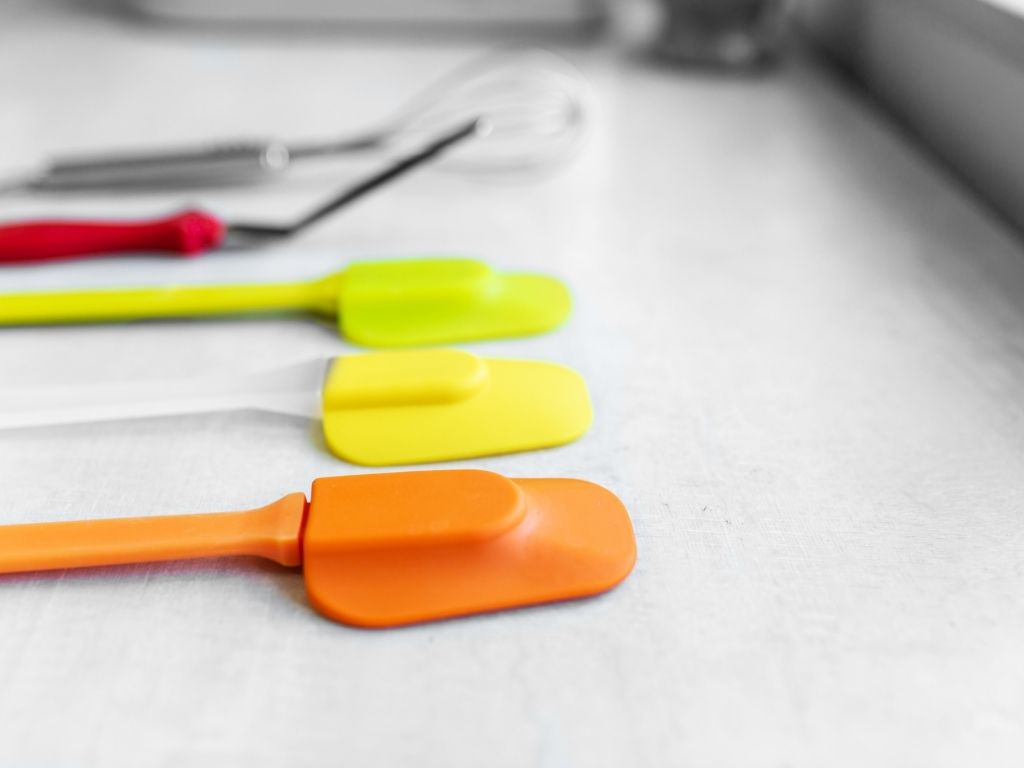
Point #1 – Tools for melt and pour soap
The amount of tools used in making soap is a factor to easy soap making. The least amount of tools needed to make the soap the better. Hence a low initial cost to starting the soap making process.
Of the ten points listed the results are as follows.
- Cold process soap making – 8 tools
- Hot process soap making – 9 tools
- Melt and pour soap making – 5 tools
From this we can state that melt and pour soap making requires the least amount of tools making the method the easiest when it comes to required tools.
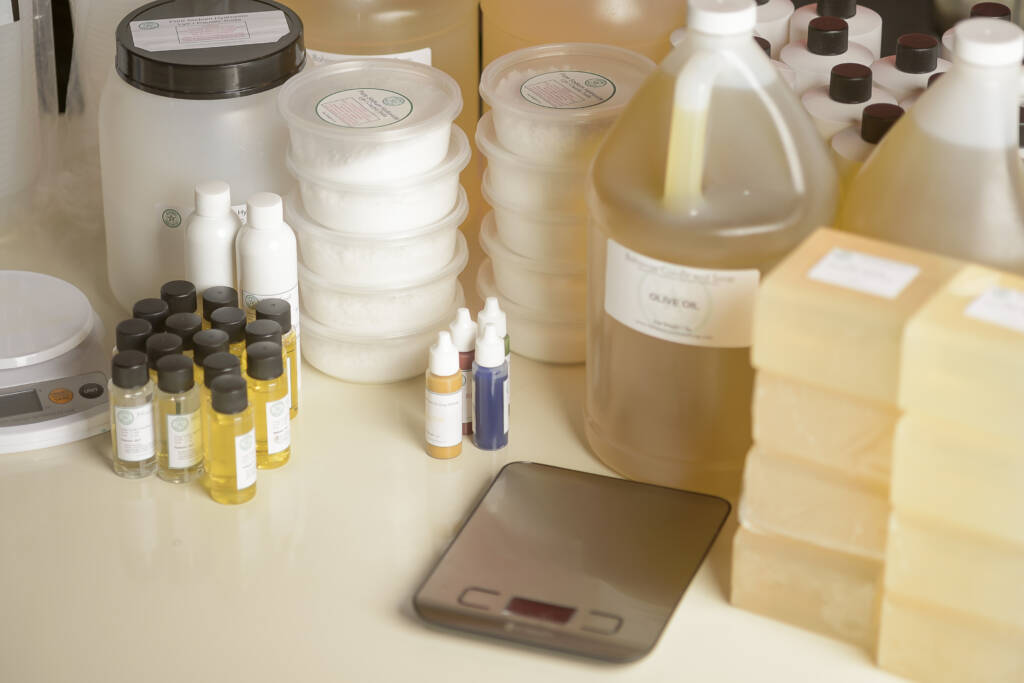
Point #2 – Ingredients for melt and pour soap
To make a easy soap the basic ingredients will be needed. The more ingredients needed the harder and more complex the process becomes.
To determine the least amount of ingredients we used 6 groupings of ingredients that are used throughout each soap making method.
Of the 6 points listed the results are as follows;
- Cold process soap making – 5 ingredients
- Hot process soap making – 5 ingredients
- Melt and pour soap making – 3 ingredients
From this information we can state that melt and pour soap making requires the least amount of ingredients to make a bar of soap.
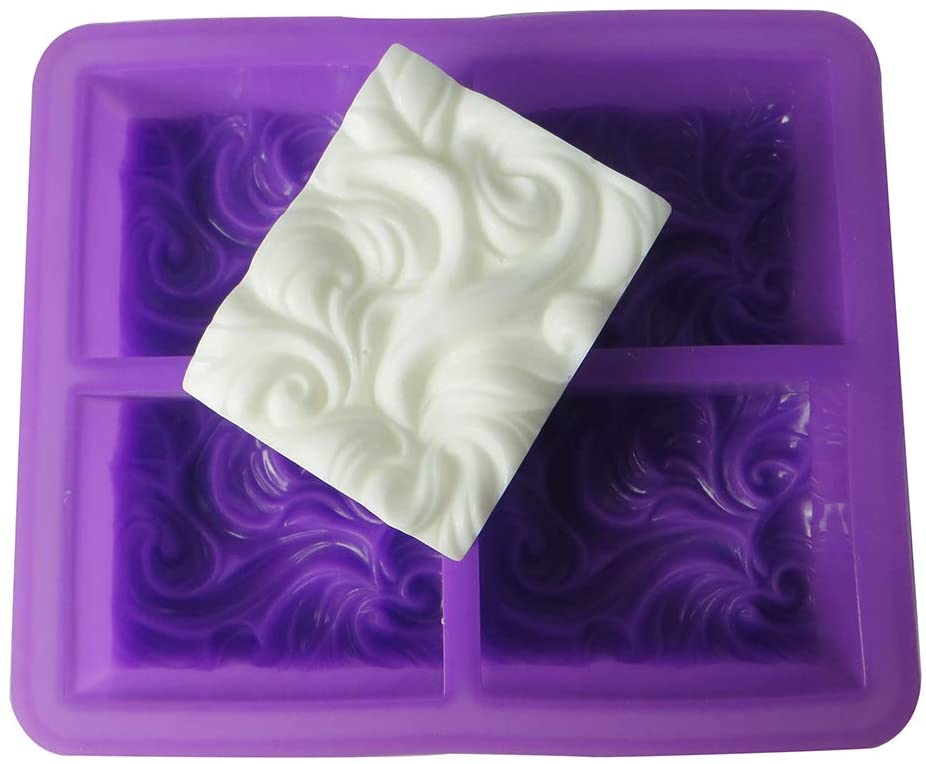
Point #3 – Flexibility of melt and pour soap
Although you would like the easiest soap to make, the ability to have some sort of flexibility with the soap will go a long way.
The ability to add extra ingredients, use in various molds and the ability to be creative and design the soap in various ways will give it flexibility.
For flexibility the process is divided into 3 groups. These groups are Design, molding and additives. Design is the ability to become creative with the look of the soap.
Molding is its ability to pour into intricate molds and additives is its ability to accept extra ingredients to enhance the overall experience. Having all three points checked off makes this part of the method good.
Cold process soap making – 3 points
Hot process soap making – 2 points
Melt and pour soap making – 3 points
From this information we can state that the melt and pour along with cold process soap making are the more flexible soap making processes.

Point #4 – Time for melt and pour soap
The point of making something easy is the time required to actually do the work. To keep things simple the time required was divided into three parts. Low, medium and high.
The time ranges for the work involved will determine how easy it is to prepare, make, cure and use the bar of soap.
Cold process soap making – Medium
Hot process soap making – Medium
Melt and pour soap making – Low
From this information we can state that melt and pour soap making takes the least amount of time to make and use.

Point #5 – Enjoyment for melt and pour soap
The overall experience when using a bar of soap counts as the enjoyment factor. After all who wants to use a bar of soap that does not make you want to take a bath?
For this point 4 categories were used. How long the bar last, how well the soap cleans, does the soap hold its fragrance over time and can the lather be adjusted from creamy to bubbly.
A long lasting bar means less purchases for you as a consumer while how well it cleans means you do not have to use as much to clean your entire body.
How long fragrance last in the soap is a good point because if it looses its fragrance in 2 days what enjoyment is that. Lastly can the lather be adjusted from a creamy feel to a bubbly soap depending on what your skin requires.
- Cold process soap making – 2.5
- Hot process soap making – 2.5
- Melt and pour soap making – 2
From this information we can state that cold and hot process have a better overall user experience.
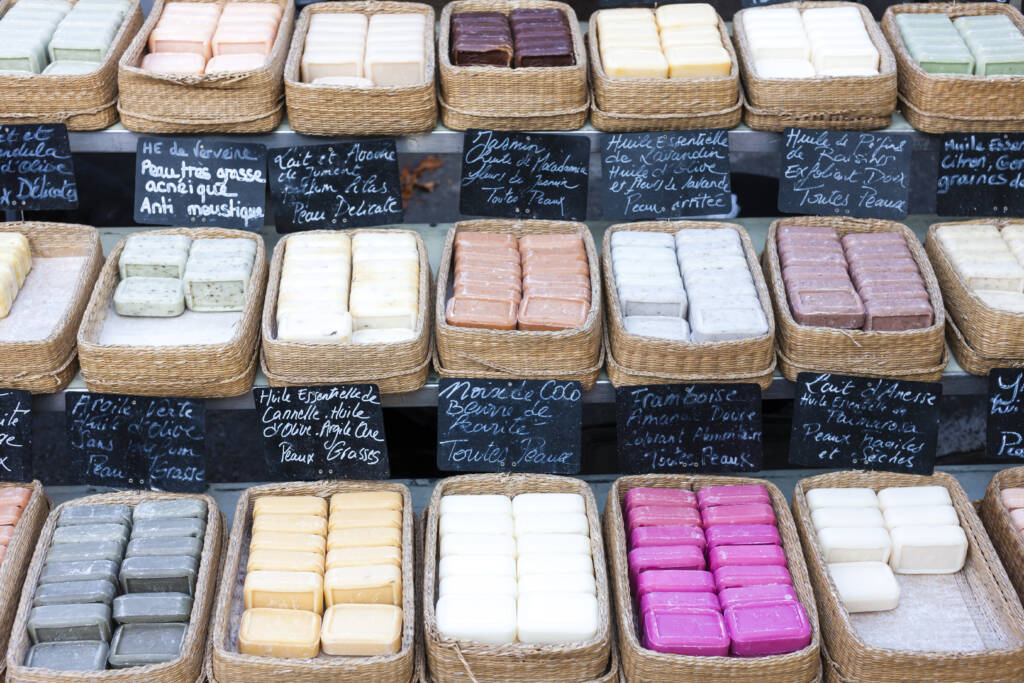
How easy is it to make handmade soap?
When it comes to handmade soap, there are some factors to consider. These factors will help you make a decison on which method of soap making is easiest and weigh in on which may be best for your needs.
Soap making methods do vary and the results also vary between each method, for this reason its good to compare the pros and cons of each soap making method.
To be fair we will divide the soap making process into 5 parts.
- Tools
- Ingredients
- Flexibility
- Time
- Enjoyment
Tools needed to make soap
The tools required for cold process and hot process soap making are similar but not totally the same. Melt and pour soap making uses some of the tools but not as much as the other two. Lets compare
| TOOLS | Cold Process | Hot Process | Melt and Pour |
|---|---|---|---|
| Ingredient Mixing Bowl | X | X | X |
| Lye Water mixing container | X | X | |
| Fragrance container | X | X | Optional |
| Spatula | X | X | X |
| Stick Blender | X | X | |
| Whisk | X | X | |
| Croc Pot | X | ||
| Soap Mold | X | X | X |
| Soap Cutter | X | X | X |
| Microwave | X |
In the table above we see of the 9 basic tools needed between the three methods of soap making the melt and pour soap only requires 5 tools.
With only 5 tools needed and one of them, the microwave, most likely already in your home you only need to purchase 4 items to make melt and pour soap compared to 9 for hot process or 8 for cold process soap making.
When it comes to the least amount of tools needed for easy soap making – MELT AND POUR SOAP wins.
Ingredients needed to make soap
A soap is only as good as its ingredients. The amount of ingredients that can be added to various soap recipes can be exhaustive.
The amount of needed ingredients to make a soap in the three methods is best to compare.
| Ingredients | Cold Process | Hot Process | Melt and Pour |
|---|---|---|---|
| Oils/Butters/Fats/Soap Base | X | X | X |
| Sodium Hydroxide/Lye | X | X | |
| Distilled Water | X | X | |
| Scented oils | X | X | X |
| Colorant | X | X | X |
| Additive | Optional | Optional | Optional |
Flexibility of the soap process
The flexibility of making the soap refers to the ability to design the soap in various ways. Use intricate molds for the soap and the additives that can be used in the soap to enhance the overall user experience.
Soap design can run from layers to swirls, using multiple colors and techniques to gain a unique artisan handmade soap.
Soap Molding is the ability to pour the soap batter into an intricate mold such as one in the shape of a flower or a baby cherub. This is based on the fluidity of the soap batter.
Soap additives can range from colors, herbs, butters, oils, spices and clay’s that can be added to the soap successfully.
| Flexibility | Cold Process | Hot Process | Melt and Pour |
|---|---|---|---|
| Design | X | X | |
| Molding | X | X | X |
| Additive | X | X | X |
Time it takes to make handmade soap
Although making handmade soap can be a fun hobby, there is always the concept of how much time do you have to make your soap.
Soap making can be divided into three parts. The preparation, gathering all the necessary tools and ingredients. Making the soap, the technique involved in combining all ingredients from start to molding process. The actual curing time to when you are able to use your soap.
To be fair with the process involved and establish the time allotted to each I will use a rating of low, medium an high.
A Low rating will signify a short time period about, medium signifies average time is needed and high signifies a much longer time period.
- Soap Preparation
- Low = 5-10 minutes
- Medium = 15-30 minutes
- High = over 1 hour
- Soap Making
- Low = 10-30 minutes
- Medium = 30-60 minutes
- High = over 1 hour
- Soap Curing
- Low = 2-8 hours
- Medium = 1-2 Weeks
- High = More than a month
| Time | Cold Process | Hot Process | Melt and Pour |
|---|---|---|---|
| Preparation | Medium | Medium | Low |
| Making | Medium | High | Low |
| Curing | High | Low | Low |
User enjoyment
It is hard to determine the user enjoyment of a bar of soap, however we can add general characteristics that most person will look for in handmade soap.
These characteristics range from having a long lasting bar of soap, its ability to clean your skin properly, its ability to hold its fragrance over time and how well the soap then lathers in the bath.
Ratings of DEPENDS mean that it depends on what ingredients are used in the soap. Some will make the bar last longer while others may diminish its properties.
| User enjoyment | Cold Process | Hot Process | Melt and Pour |
|---|---|---|---|
| Long lasting | depends | depends | depends |
| Ability to Clean | X | X | X |
| Fragrance hold | depends | depends | X |
| Lather adjustment | X | X |
Recent Posts
Best Practices for Using, Storing, and Keeping Soap Molds for a Long Time
Soap making can be a rewarding and creative pursuit, allowing artisans to craft unique products while exploring their artistic side. One of the most critical components of this process is the soap...
Recommended Soap Molds Soap making can be an exciting hobby or even a profitable business but you wont get very far if you make a batch of soap and have no way to shape and mold it. This is where...
